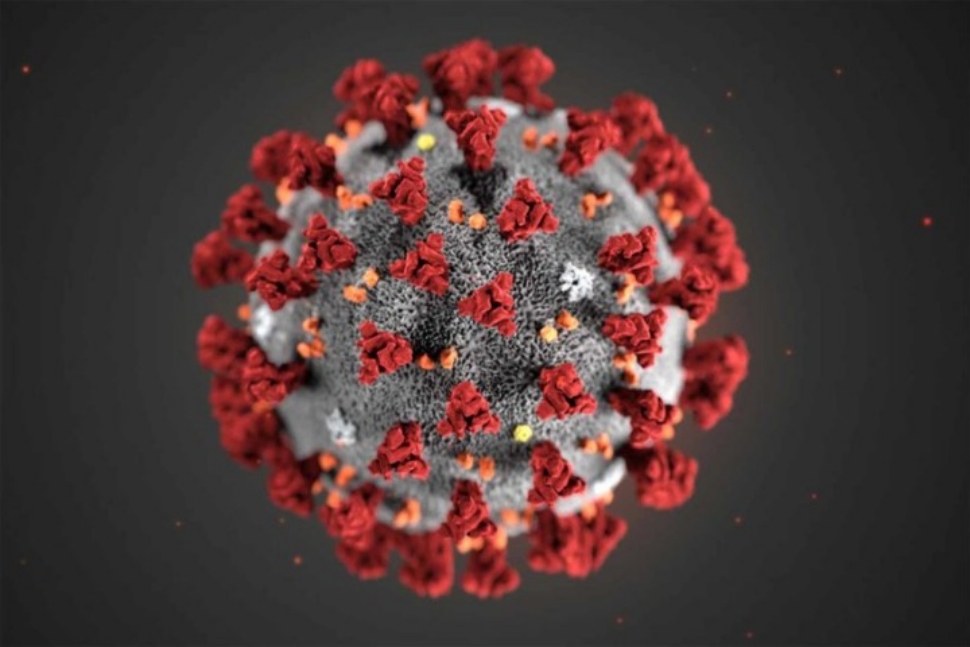trending topics
market reports
-

MEDICAL JAPAN 2025 OSAKA Returns to Showcase Global Innovations
2025-02-17
-

Visit MEDICAL JAPAN 2023 TOKYO and take full advantage of the business opportunities!
2023-09-01
-

US to distribute 400 million free N95 masks at CVS, Walgreens in COVID fight
2022-01-21
-

Ethiopia receives additional 2.2 mln doses of Chinese-donated COVID-19 vaccines
2022-01-21
-

Hong Kong researchers say they develop novel material able to kill COVID-19 virus
2022-01-14
-

10 million more Chinese doses on way for Kenya
2022-01-14
-

Sino-African ties on track for a brighter future
2022-01-07
-

Efforts urged to boost COVID-19 vaccine production capacity in poor countries
2022-01-07
-

UAE approves Sinopharm's new protein-based COVID-19 vaccine
2022-01-07
-

UAE approves Sinopharm's new protein-based COVID-19 vaccine
2022-01-07
COVID-19 lab leak origin remains unlikely: virologist
2021-10-18

This undated transmission electron microscope handout image obtained June 28, 2021 courtesy of the National Institute of Allergy and Diseases shows SARS-CoV-2-also known as 2019-nCoV, the virus that causes Covid-19,the image was captured and colorized at Rocky Mountain Laboratories in Hamilton, Montana. Virus particles are shown emerging from the surface of a cell cultured in the lab. [AFP PHOTO /National Institue of Allergy and Diseases/HANDOUT].
OTTAWA - The theory that SARS-CoV-2, the virus that causes COVID-19, was created in a lab remains unlikely, a Canadian virologist has said in a recent episode of CANADALAND podcasts.
"There is no way" that RaTG13, a coronavirus discovered years earlier in a mine in China's Yunnan Province, is a possible progenitor of SARS-CoV-2, said Angela Rasmussen, the University of Saskatchewan virologist, adding that the 4 percent difference between the two viruses is huge, which means that a virus would have had to acquire over 1,000 different mutations scattered throughout the genome randomly to become another.
Meanwhile, it is challenging and "technically very difficult" for somebody to insert over 1,000 point mutations into the genome of a progenitor virus, she added.
"It is a conspiracy theory that we have no basis in evidence for," she said, referring to the hypothesis that the Wuhan Institute of Virology could have been keeping a virus that was closer to SARS-CoV-2.
Rasmussen said a zoonotic origin remains the most likely source for the virus that causes COVID-19.
(Xinhua)



 My Member
My Member Message Center
Message Center











